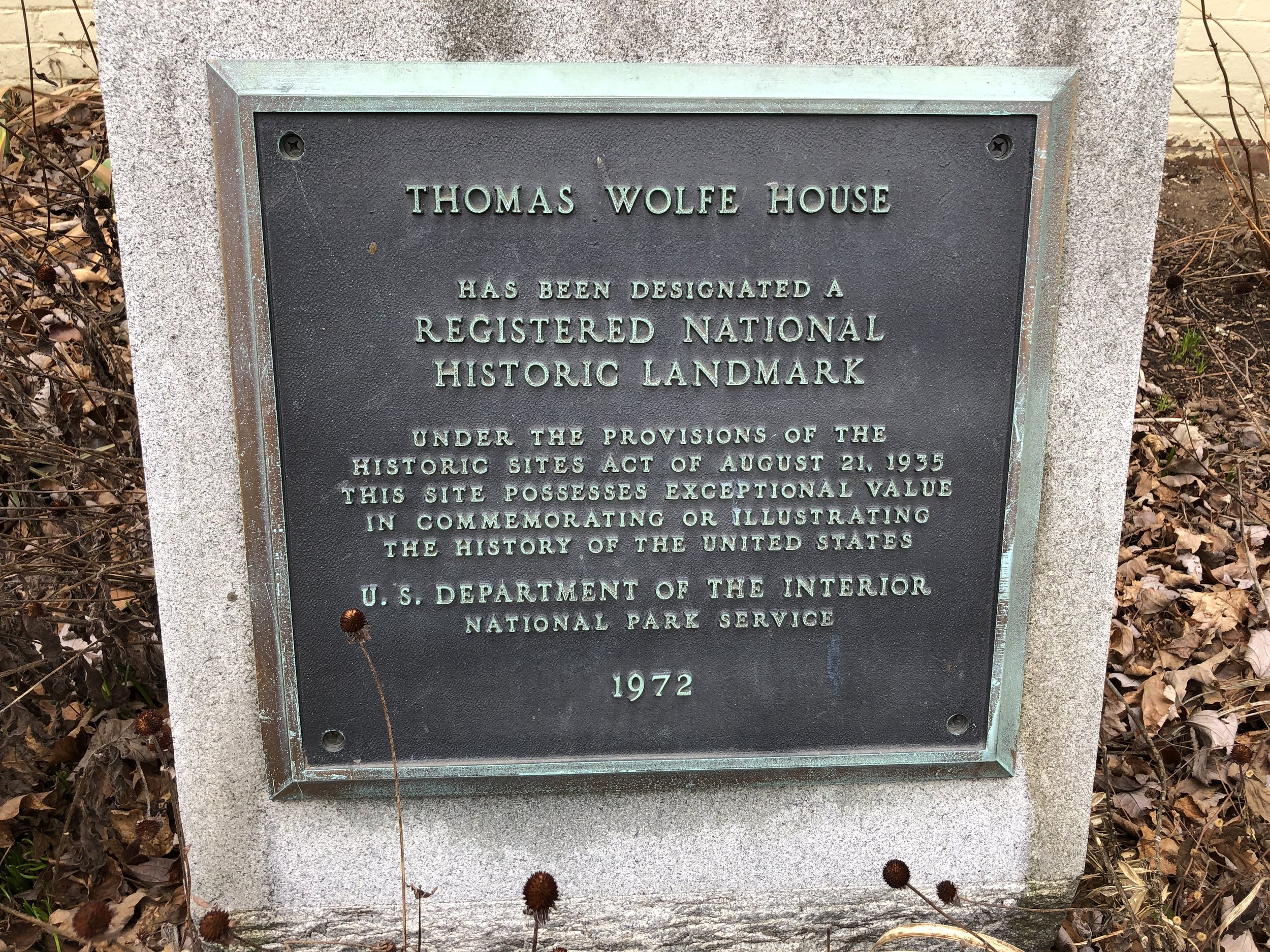Tom Eventually Goes Home
He was lionized by William Faulkner as perhaps the greatest talent of his generation. He influenced several writers who came after him, including Jack Kerouac, Ray Bradbury, and Philip Roth. On the other hand, in the January 15, 2000, issue of The Los Angeles Times, we find the following comment: “I have ‘Of Time and the River’ on my shelf,” says Vera Kutzinski, a professor of English and American studies at Yale. “I just reread part of the first chapter, to reassure myself that he was as mediocre as I thought he was.” The late Harold Bloom, also of Yale, once wrote: “One cannot discuss the literary merits of Thomas Wolfe; he has none.” Dinitia Smith, writing in the October 2, 2000, issue of The New York Times, dismissed him with the following: “Today he is known mostly as a novelist for late adolescents . . .”
So what is the truth about Thomas Wolfe? I do not know, because I never read any of his works. But I plan to read his first novel, Look Homeward, Angel, soon.
Last year Kathy and I moved to Asheville, NC, which was the hometown of Thomas Wolfe. Wolfe died in 1938, a few weeks short of his 38th birthday. That was more than 84 years ago, so it is doubtful that there is anyone still alive in Asheville who knew him. Nevertheless, the city fathers seem to be proud of their native son, if only in an obligatory way. My guess is that he generates more excitement among tourists than among natives.
The boarding house his mother owned and operated is now the Thomas Wolfe Memorial, next to the visitor’s center, and nestled between a couple of high-rise buildings in downtown Asheville. The boarding house, “Old Kentucky Home,” appears in the novel Look Homeward, Angel as “Dixieland.” As you can see, the house is in good repair, despite the efforts of an arsonist several years ago.
What is not in good shape is the cabin in Oteen where Thomas Wolfe stayed during his last visit to Asheville.
Look Homeward, Angel upset the folks of Asheville a good bit. There were around 200 local characters who made thinly veiled appearances in the novel, which was published in 1929, just before the stock market crashed. As a result, he did not return to Asheville for eight years. In 1937, just one year before his death, he rented a cabin in the Oteen section of Asheville, preferring to stay out of town, perhaps to avoid the wrath of the locals. The cabin is in disrepair, as you can see. While it is designated as a local historical landmark, there is not a single sign directing tourists to see this place, perhaps because it is a safety hazard. According to the natives, the cabin has been in this shape for a while, with apparently no action from the city to salvage the cabin.
This is why I noted that the city fathers seem to be proud of their native son, if only in an obligatory way.
The angel that provided the title for Wolfe’s first novel actually exists. Wolfe’s father, W. O. Wolfe, a carver of gravestones, had the angel in his storefront to attract business. It was eventually sold, and installed over a grave in the Oakdale Cemetery in nearby Hendersonville, NC.
Wolfe died young as a result of a form of tuberculosis. He died in Johns Hopkins Hospital where he was being treated, but he was buried in Riverside Cemetery, in the Montford area of Asheville. There is a little pot in front of the tombstone, filled with pens from fans.
(That must be an Asheville thing. William Sydney Porter, aka O. Henry, is also buried in the Riverside Cemetery. His flat tombstone is covered with coins, presumably in the amount of $1.87.)
Wolfe’s first novel was delivered to his editor, Maxwell Perkins, with a word count of approximately 333,000 words. Its original title was O Lost: A Story of the Buried Life. The final product, renamed Look Homeward, Angel, came in at around 150,000 words. This tells me that Wolfe was a man of too many words. I do not enjoy flowery prose, so I am not sure I will enjoy this novel. But I feel compelled to read it.
I will let you know what I think of the book at the end of the year. Do not expect to see it as my book of the year.











